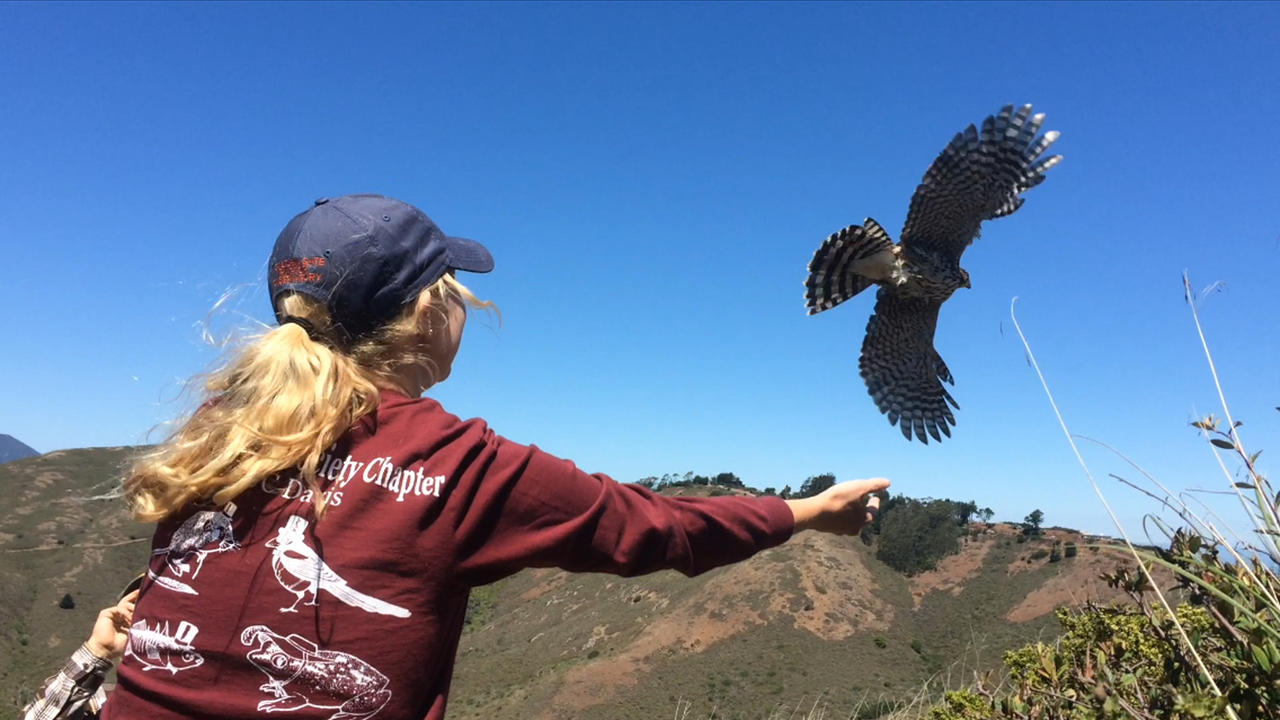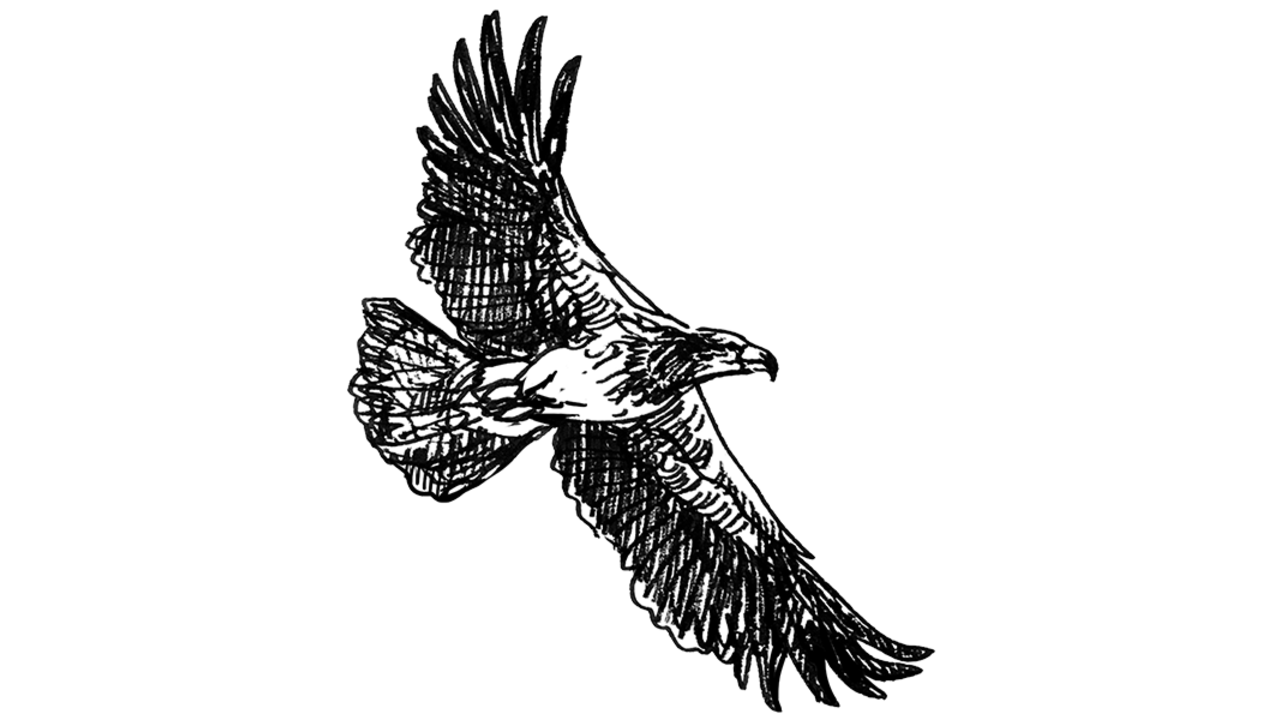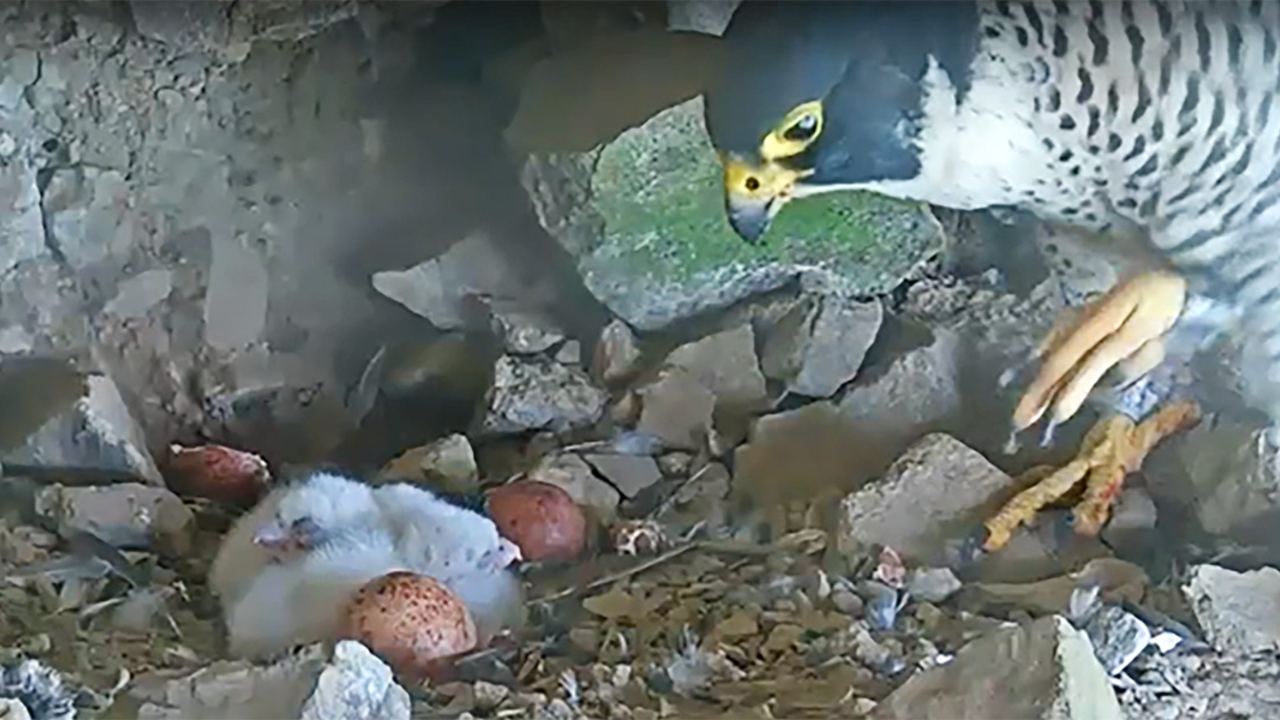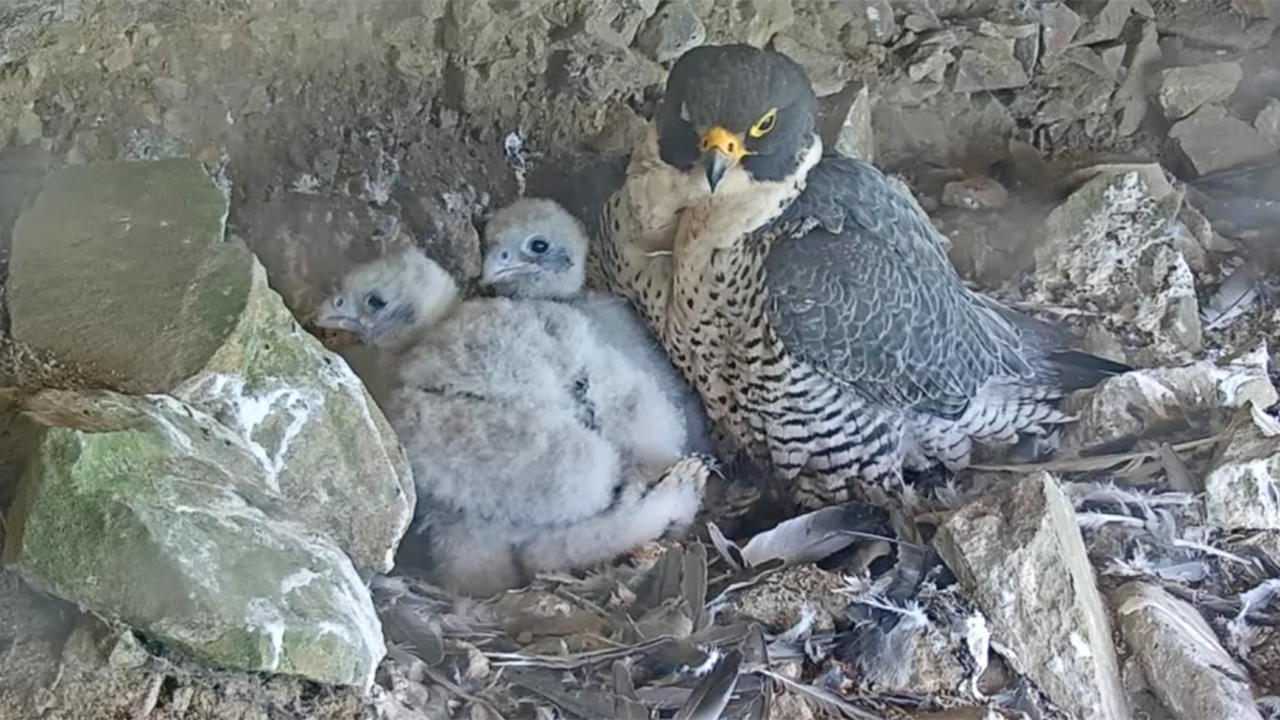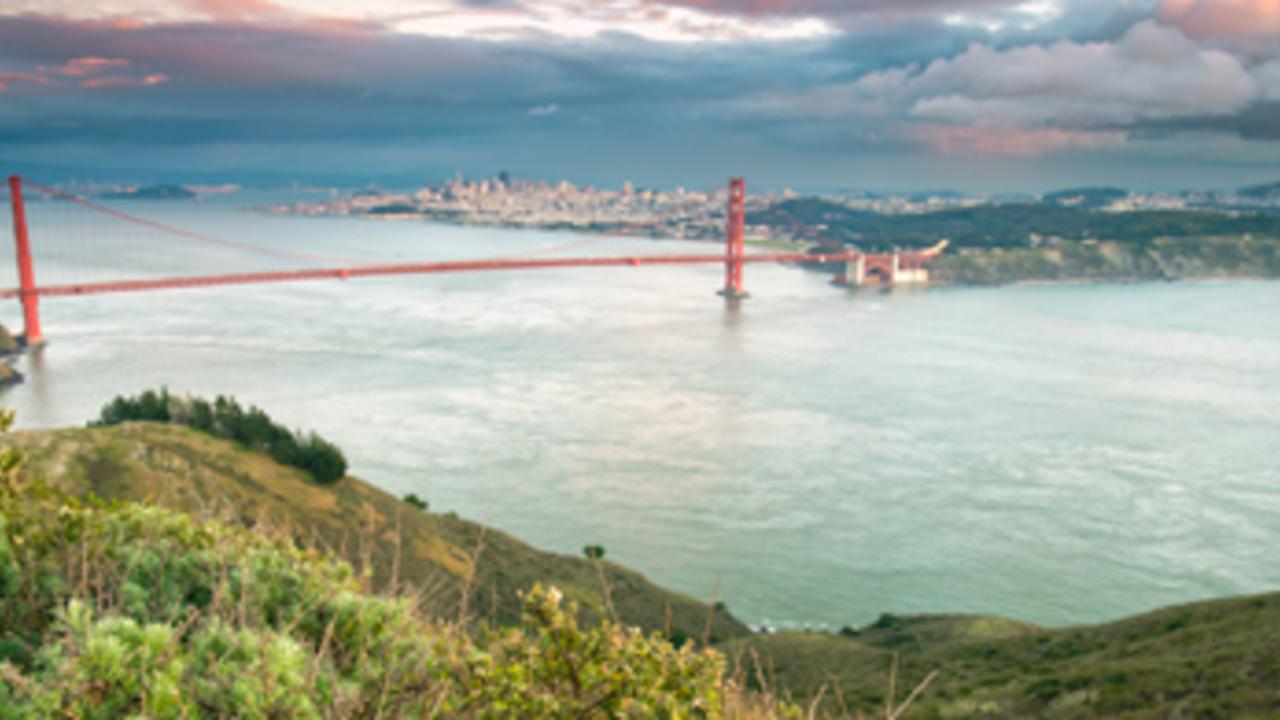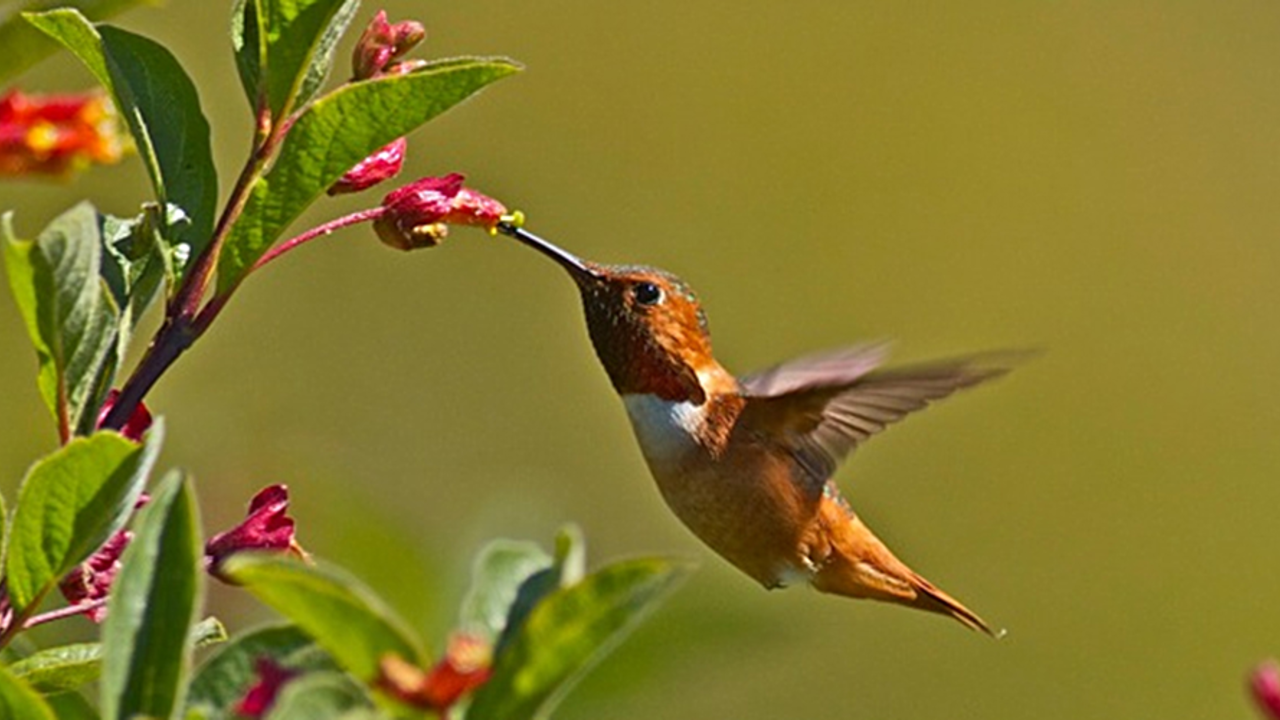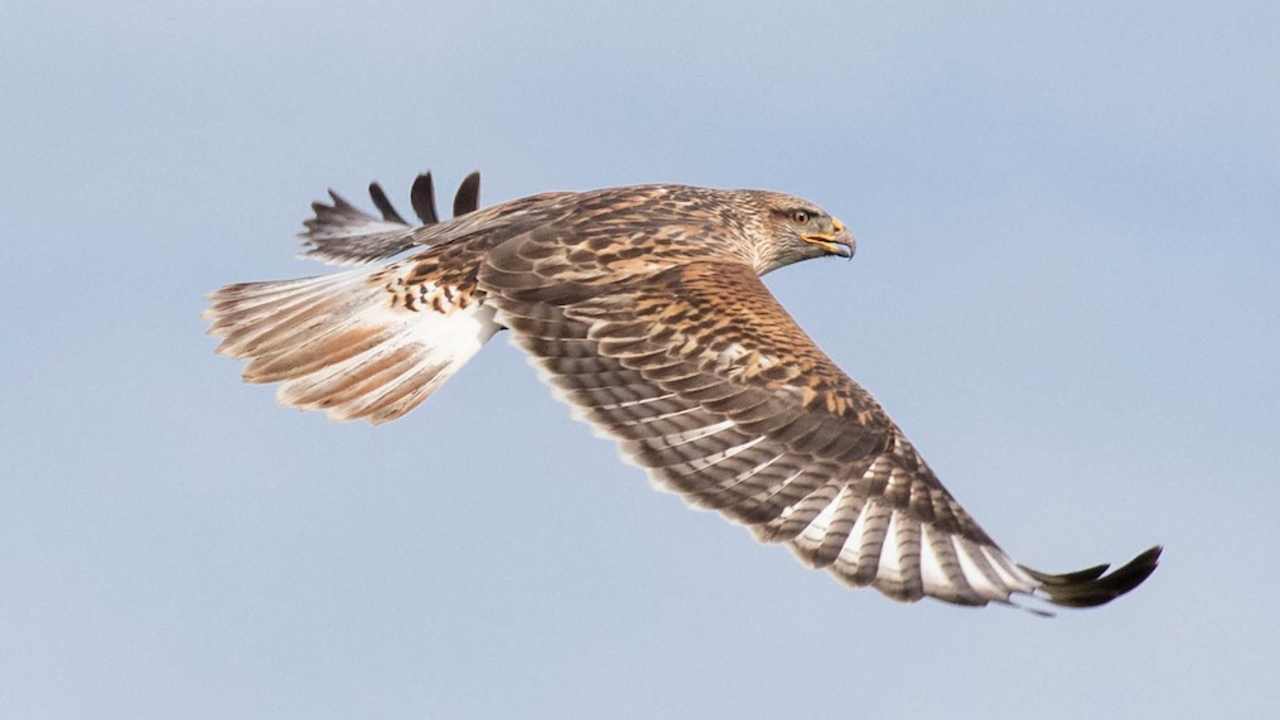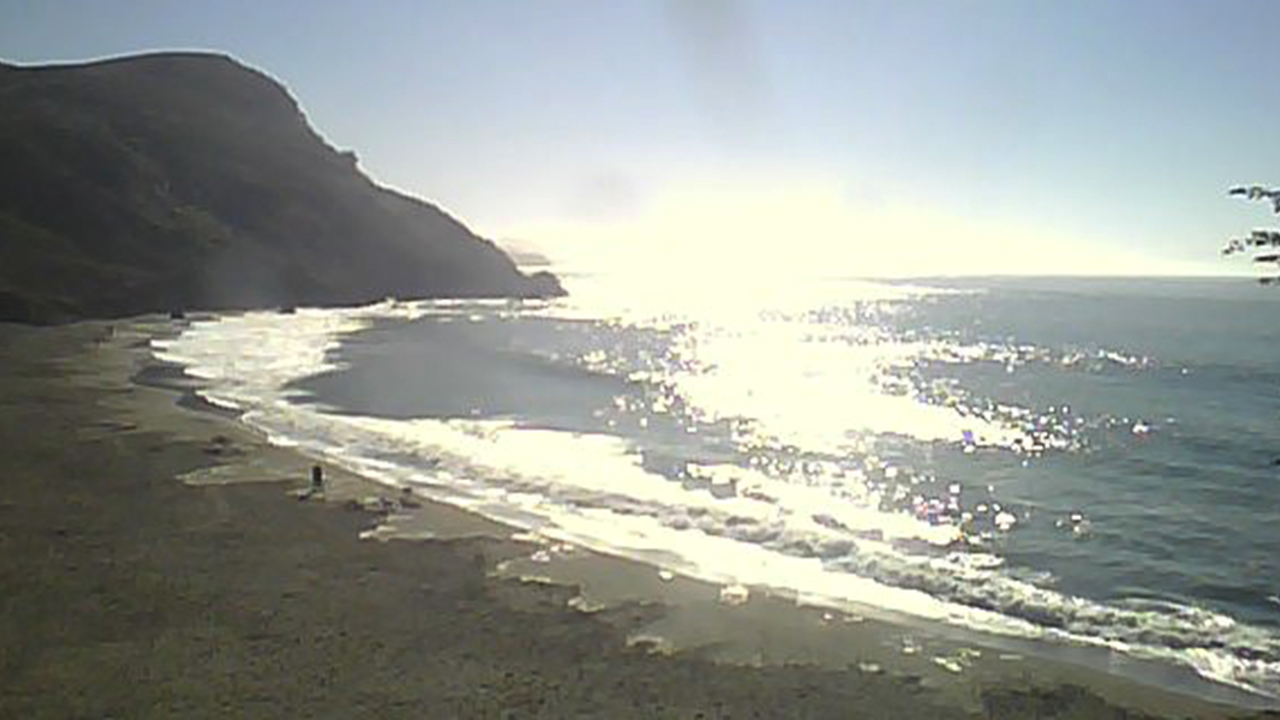In 2024, Peregrine Falcons once again nested on Alcatraz Island in the Golden Gate National Recreation Area. The resident pair—one known as Lawrencium, or “Larry,” who first arrived on the island in 2020—successfully fledged 2–4 chicks each year, a remarkable achievement. A retrospective video captures their time on the Rock, showing the fledgling family grow right before your eyes.
This extraordinary opportunity to observe the falcons up close was made possible through a collaboration between the National Park Service (NPS) and the Parks Conservancy, who worked together to plan, fund, and install a nest camera and live stream. Visitors could watch the falcons court, defend their territory, and raise their young on the rugged cliffs of Alcatraz.
In early 2025, the pair was spotted again around the island, seemingly preparing for another nesting season. But by mid-February—when courtship displays and nest preparation typically begin—they had vanished. A similar story unfolded across the Bay at UC Berkeley, where Larry’s mother, Annie, also disappeared from her usual nesting site.
NPS biologists suspect that Highly Pathogenic Avian Influenza (HPAI), a deadly strain of avian flu currently circulating in North America, may be to blame. Peregrine falcons, as bird specialists, are especially vulnerable to HPAI due to their diet. It is believed that Larry, her mate, and the Berkeley falcons may have succumbed to the virus. The loss is a sobering reminder of the ongoing threats facing wildlife—even those species, like peregrines, once celebrated as conservation success stories after rebounding from near-extinction due to DDT.
Still want to experience the wildlife of Alcatraz? You can visit the Alcatraz Island nest webcam page to view the current stars—Brandt’s Cormorants—and explore past peregrine footage. If you're planning a trip to the island, don’t miss NPS Biologist Lidia D’Amico’s expert tips for safely spotting nesting birds. And while you're there, stop by the Birds in a Changing Climate exhibit to learn more about the island’s rich and resilient birdlife.
